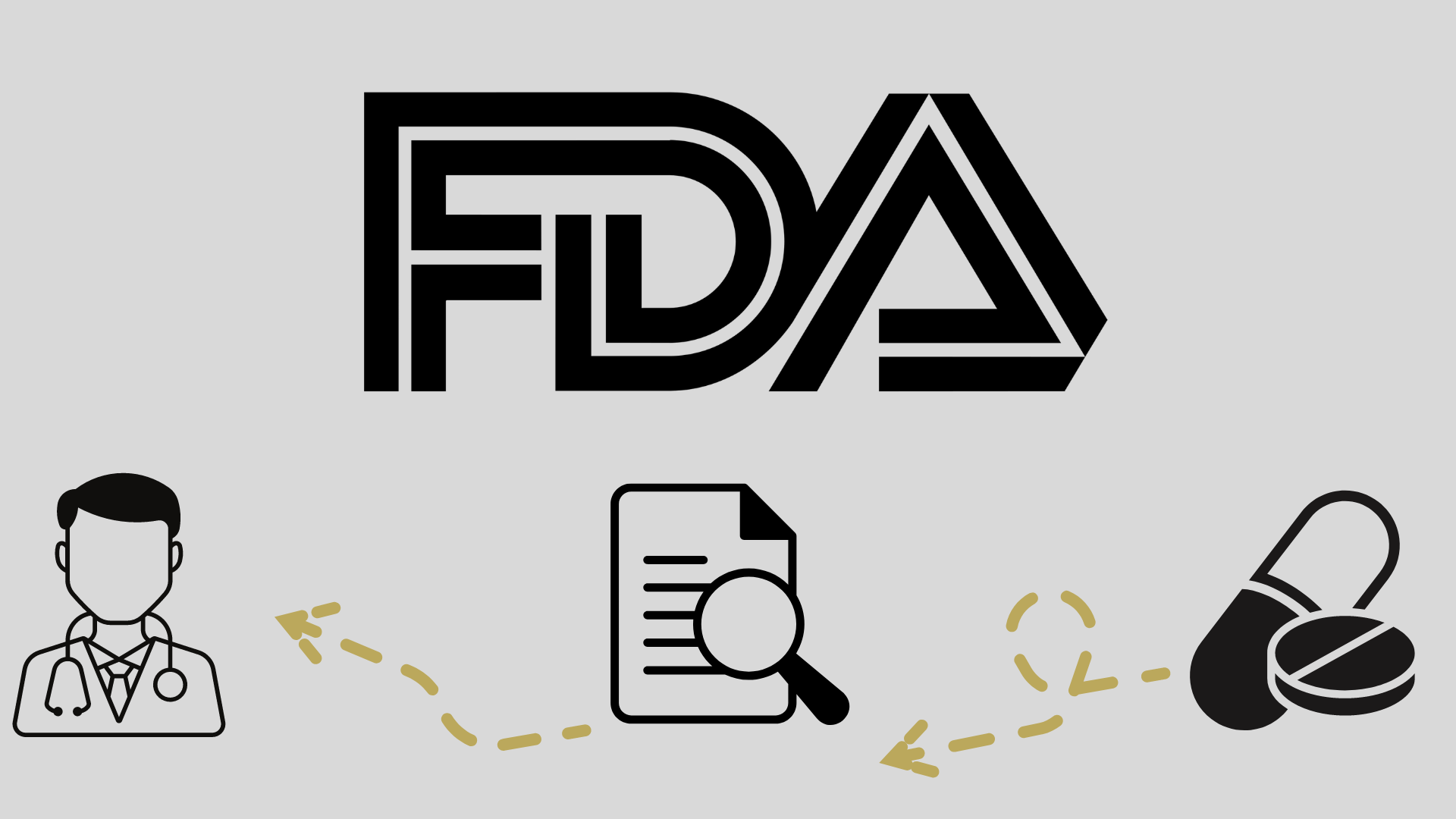
FDA Grants FTD to BI 764532 in DLL3+ SCLC and Neuroendocrine Carcinoma

BI 764532 is under investigation in a first-in-human phase 1 trial for patients with extensive-stage small cell lung cancer and extrapulmonary neuroendocrine carcinoma.
- Treatment with BI 764532 may be a potential option for patients with aggressive cancers, including extensive-stage small cell lung cancer (ES-SCLC) or extrapulmonary neuroendocrine carcinoma (epNEC).
- Early studies of BI 764532 showed the agent to demonstrate robust antitumor activity against DLL3-positive cells and xenograft models.
- Results from the phase 1 study of BI 764532 in a patient with DLL3-positive SCLC have previously appeared durable.
The FDA granted a fast track designation to BI 764532 as an option for patients with ES-SCLC that has progressed after at least 2 prior lines of treatment, including platinum-based chemotherapy, and for patients with advanced or metastatic epNEC whose disease has progressed following at least 1 prior line of treatment including platinum-based chemotherapy.1
BI 764532 is a novel, investigational DLL3/CD3 IgG-like T-cell engager that is designed to redirect T cells toward DLL3 protein expressed by cancer cells. In preclinical trials, the agent has robust antitumor activity against DLL3-positive cells and xenograft models.1
Now, BI 764532 is under investigation in a first-in-human, phase 1 trial (NCT04429087).
“We are delighted about the accelerated clinical development of BI 764532, for which the DLL3 antigen was discovered using our OGAP® technology platform,” said Christian Rohlff, chief executive officer of Oxford Biotherapeutics, in a press release.1 “This is tremendously exciting for [Oxford Biotherapeutics], as it shows the real impact this partnership has for patients in need. Receiving an ES-SCLC or epNEC diagnosis can be life changing and there is an urgent, unmet need for additional targeted immunotherapeutics to ensure that individuals impacted by these aggressive cancers get the care they need.”
Previously, the ongoing, nonrandomized, open-label, multicenter trial, phase 1 trial of
Patients in the overall population given BI 764532 at doses of 90 µg/kg or higher (n = 71) had an overall response rate (ORR) of 25% and a disease control rate (DCR) of 52%. Patients with SCLC (n = 39) experienced an ORR of 26%, and those with epNEC attained an ORR of 19%. Notably, those with large cell NEC (LCNEC; n = 5) had an ORR of 60%. The DCR was 51%, 44%, and 100% for patients with SCLC, epNEC, and LCNEC, respectively. Moreover, in the total population, the median duration of response was not reached, and all tumor types had tumor shrinkage.
For safety, 86% of patients (n = 107) had at least 1 any-grade treatment-related adverse event (TRAE). A total of 59% of TRAEs were deemed grade 1 or 2, while 27% were grade 3 to 5. TRAEs most reported and that occurred in more than 10% of patients consisted of CRS (grade 1-2, 57%; grade 3-5, 2%), decreased lymphocyte count (4%; 16%), dysgeusia (20%; 0%), asthenia (18%; <1%), pyrexia (18%; 0%), increased aspartate aminotransferase (12%; 2%), fatigue (13%; <1%), and nausea (12%; 0%).
Further, 5 dose-limiting toxicities (DLTs) observed in the trial, including grade 3 or 4 cytokine release syndrome (CRS; n = 2), grade 3 confusional state (n = 1), grade 2 infusion-related reaction (n = 1), and grade 3 nervous system disorder (n = 1), all of which were reversible. All patients who experienced a DLT recovered. The maximum tolerated dose was not yet reached.
The trial includes patients aged 18 years or older with SCLC, LCNEC, NEC, or small cell carcinoma of any other origin that is locally advanced or metastatic.4 Their disease must not be amenable to curative treatment, and patients must have DLL3-positive tumors per central pathology to be included. Tumors with mixed histologies are only eligible for enrollment if the neuroendocrine carcinoma/small cell component is predominant and represents at least 50% of the overall tumor tissue.
At the start of the study, BI 764532 was given to patients once every 3 weeks before pharmacokinetic data prompted weekly dosing.2 Investigators are also assessing a step-up dosing over the first 3 administrations of the agent to mitigate CRS and infusion-related reactions.
Maximum tolerated dose and dose-limiting toxicities serve as the trials primary end point, and secondary end points include ORR per RECIST v1.1 criteria and pharmacokinetics.
REFERENCES:
Oxford BioTherapeutics announces partner Boehringer Ingelheim received U.S. FDA fast track designation for BI 764532 for the treatment of extensive stage small cell lung cancer and extrapulmonary neuroendocrine cancers. News release. Oxford BioTherapeutics. October 3, 2023. Accessed October 4, 2023. https://tinyurl.com/4eyht6a9
Wermke M, Felip E, Kuboki Y, et al. First-in-human dose-escalation trial of BI 764532, a delta-like ligand 3 (DLL3)/CD3 IgG-like T-cell engager in patients (pts) with DLL3-positive (DLL3+) small-cell lung cancer (SCLC) and neuroendocrine carcinoma (NEC). J Clin Oncol. 2023;41(suppl 16):8502. doi:10.1200/JCO.2023.41.16_suppl.8502
A bispecific DLL3/CD3 IgG-like T-cell engaging antibody induces antitumor responses in small cell lung cancer. Clin Cancer Res. 2020;26(suppl 19):5258-5268. doi:10.1158/1078-0432.CCR-20-0926
A study to test different doses of BI 764532 in patients with small cell lung cancer and other neuroendocrine tumors that are positive for Delta-Like Ligand 3 (DLL3). ClinicalTrials.gov. Updated August 22, 2023. Accessed October 4, 2023. https://tinyurl.com/58h5224m








































